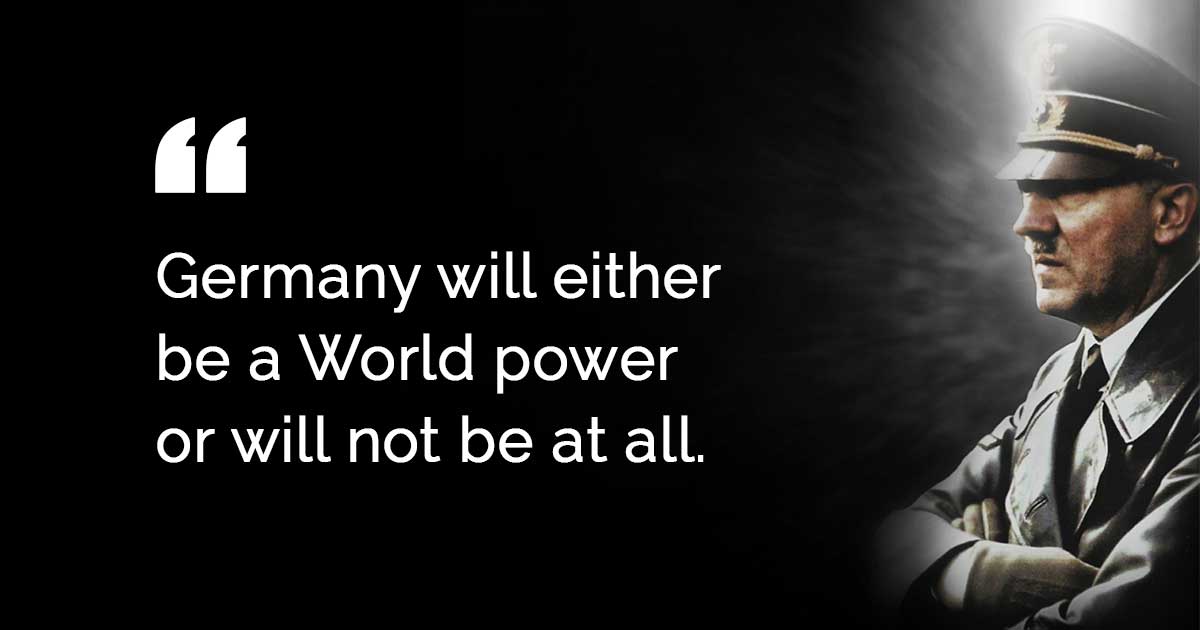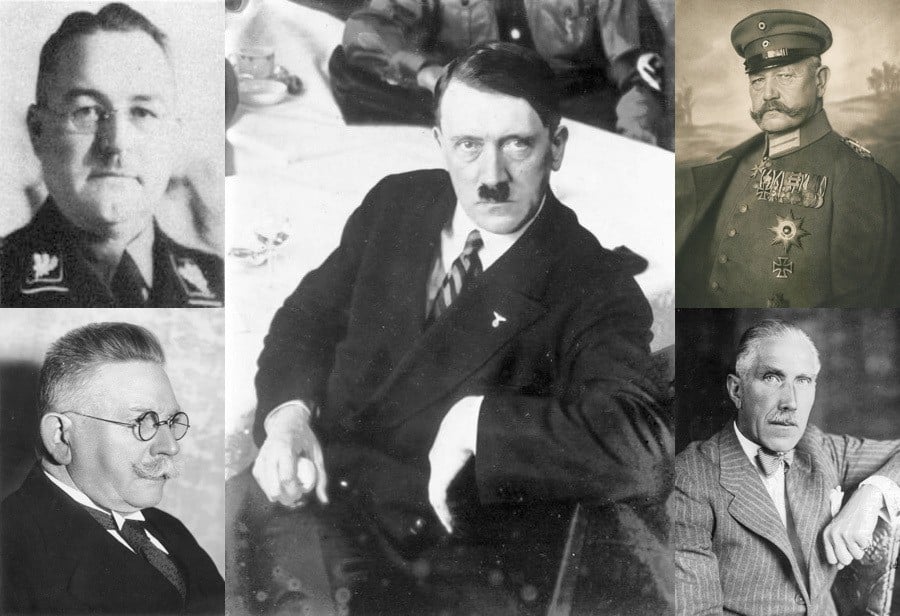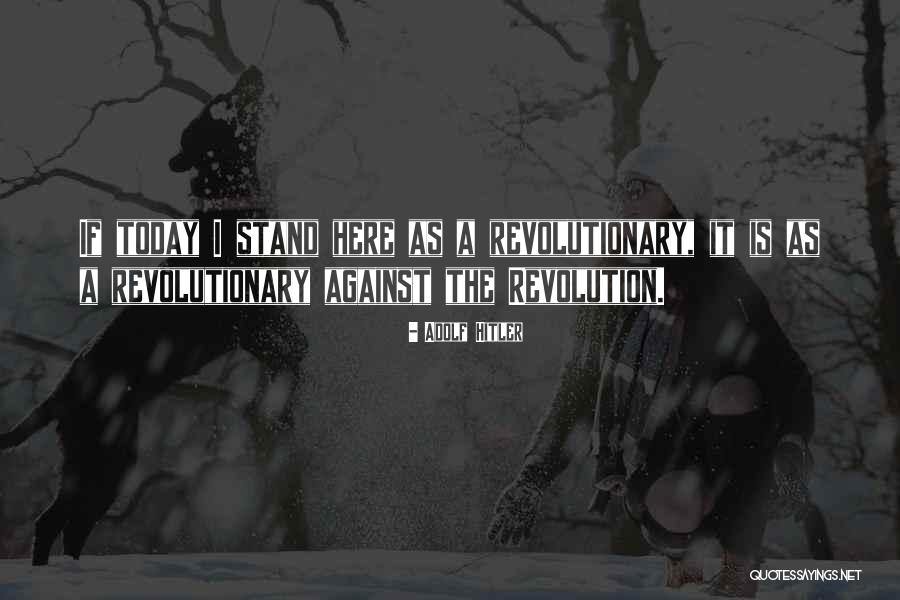

They falsely claimed that Jews and Communists were to blame for Germany’s problems. The Nazis played on people’s hopes, fears, and prejudices.

and unite all Germans along racial and ethnic lines.create a strong authoritarian German government.regain territory Germany had lost in World War I.return Germany to the status of a great European, and even world, power.fix the economy and put people back to work.This shocked some Germans, especially those who recognized that the Nazis were an extremist, fringe political movement.Īdolf Hitler and the Nazis won followers by promising to create a strong Germany. This was almost a year into the Great Depression. Germany held parliamentary elections in September 1930. How did Adolf Hitler and the Nazi Party attract voters in the early 1930s? They used propaganda to attract Germans who were fed up with the political stalemate. They took advantage of the economic and political chaos. Radical political groups like the Nazi Party and the Communist Party became more prominent. Many Germans lost faith in their leaders’ ability to govern. This made passing new laws almost impossible because of disagreements in the German parliament. The German government failed to solve the problems caused by the Great Depression. Unemployment, hunger, poverty, and homelessness became serious problems in Germany in the early 1930s. In the early 1930s, Germany was in an economic and political crisis.īeginning in fall 1929, there was a world economic crisis known as the Great Depression. What was the German economic and political situation like in the early 1930s? Their success was largely the result of an economic and political crisis in Germany. In 1928, the Nazi Party won less than 3 percent of the national vote in elections to the German parliament.īeginning in 1930, however, the Nazi Party started to win more votes. But the Nazi Party did not immediately succeed in attracting voters. Beginning in the mid-1920s, they focused their efforts on winning elections. Hitler and the Nazis changed tactics after they failed to overthrow the government by violence. This failed coup is known as the Beer Hall Putsch. That month, the Nazis-led by Adolf Hitler-attempted to violently seize power. But the movement gained attention across Germany in November 1923. The Nazi Party was based in the city of Munich. The Nazi Party was one of many radical new political movements active in Germany during the early 1920s. What was the Nazi Party like in the 1920s? A much less prominent new political group was the Nazi Party. One group that caused particular alarm was the German Communist Party. But they were also fostering and sowing more discontent, and sometimes even violence. Their members were reacting to post World War I discontent in Germany. They ranged from the far left to the far right on the political spectrum. There were also political movements that tried to overthrow the new government. German war debts led to hyperinflation and the devaluation of currency. Wartime devastation had resulted in an economic crisis. In the early 1920s, the Weimar Republic (1918–1933) faced political and economic problems. This treaty punished Germany for starting World War I. In June 1919, German leaders of the Weimar Republic were forced to sign the Treaty of Versailles. This new German government was called the Weimar Republic. It was replaced by a new democratic republic. As a result, the German Empire collapsed. This unrest was a direct result of World War I (1914–1918). The early 1920s in Germany were a time of social, economic, and political unrest.

What was Germany like in the early 1920s? In fact, when the Nazi movement first began in the early 1920s, it was small, ineffective, and marginal. However, the Nazi Party was not always so popular. Hitler was appointed chancellor in 1933 because, at the time, the Nazi Party was popular in Germany. Hitler and the Nazi Party came to power through Germany’s legal political processes. and Hitler was not directly elected to power.There are some misconceptions about how Hitler came to power. The Nazis were radically right-wing, antisemitic, anticommunist, and antidemocratic.
#Imtimidation to gain powerquote by hitler full
The full name of the Nazi Party was the National Socialist German Workers’ Party. On January 30, 1933, Adolf Hitler was appointed chancellor of Germany by German President Paul von Hindenburg.


 0 kommentar(er)
0 kommentar(er)
